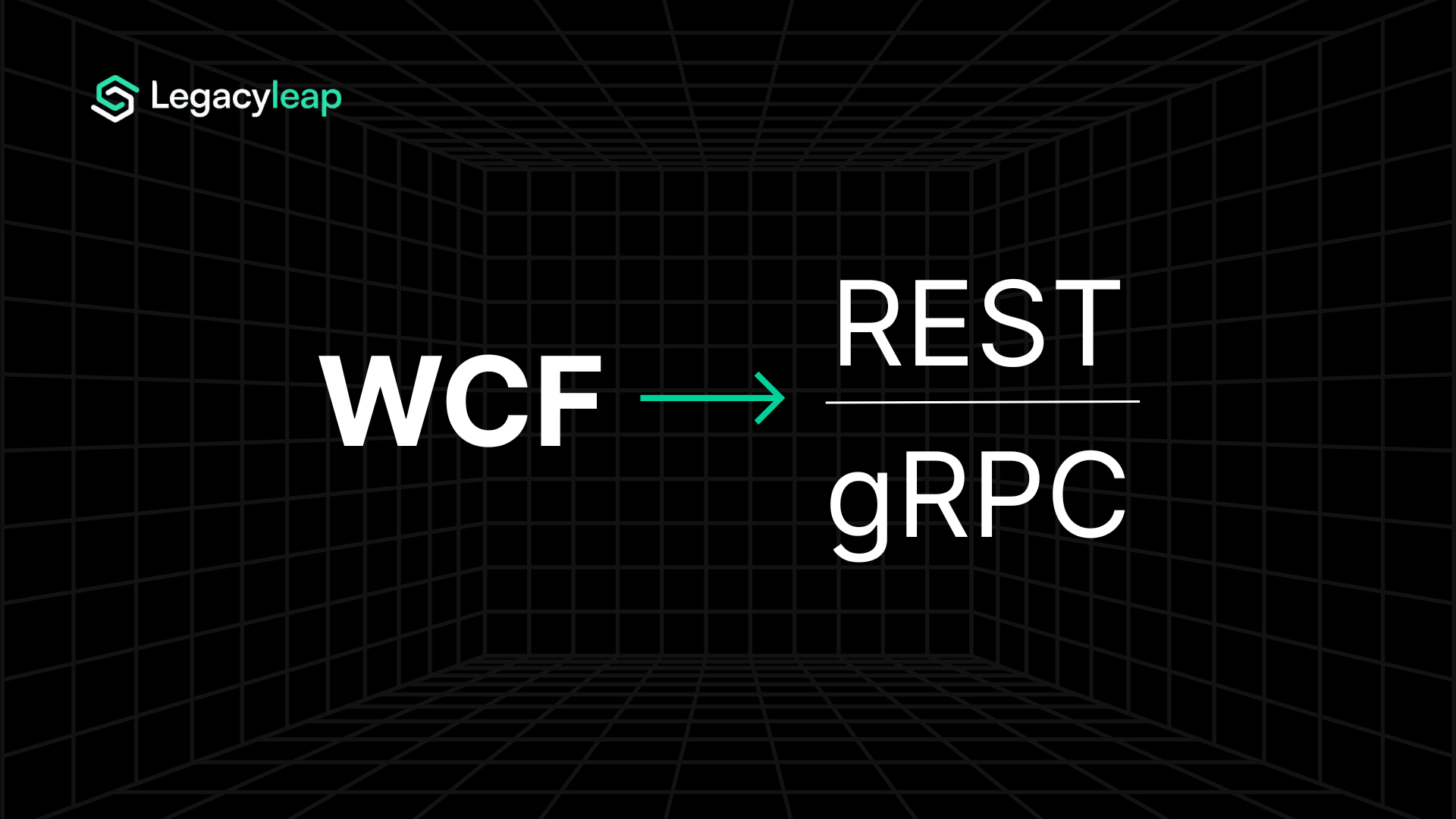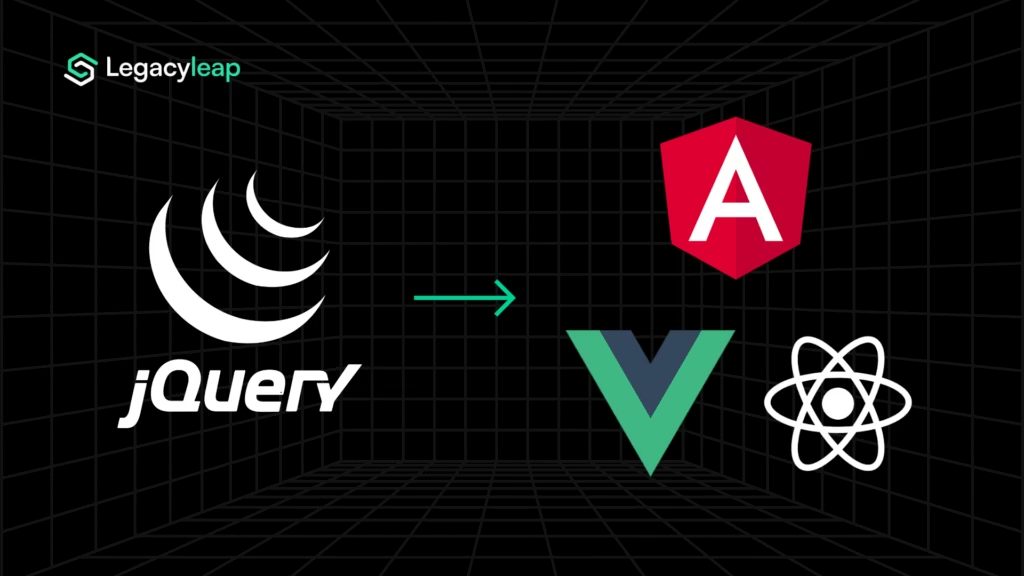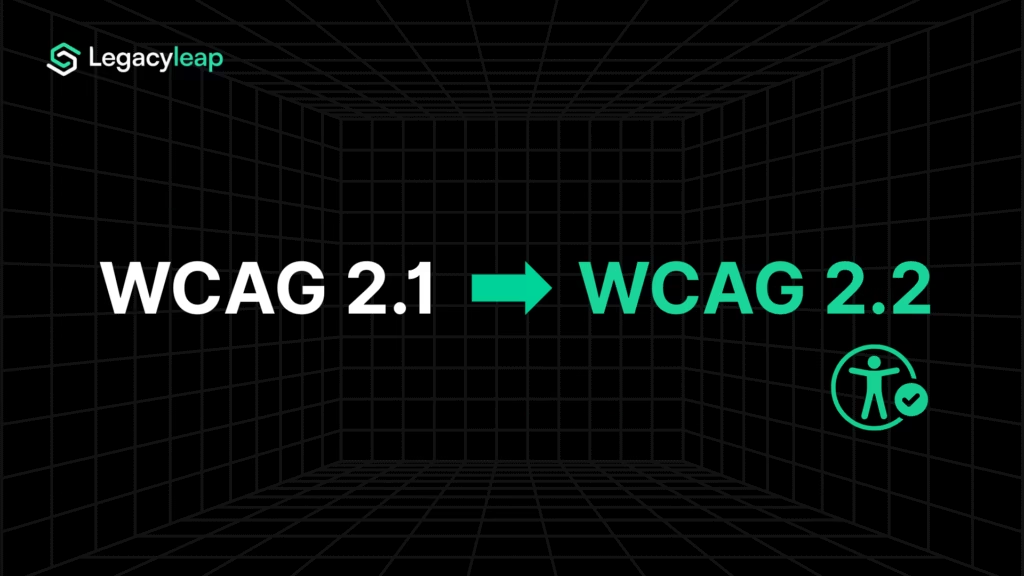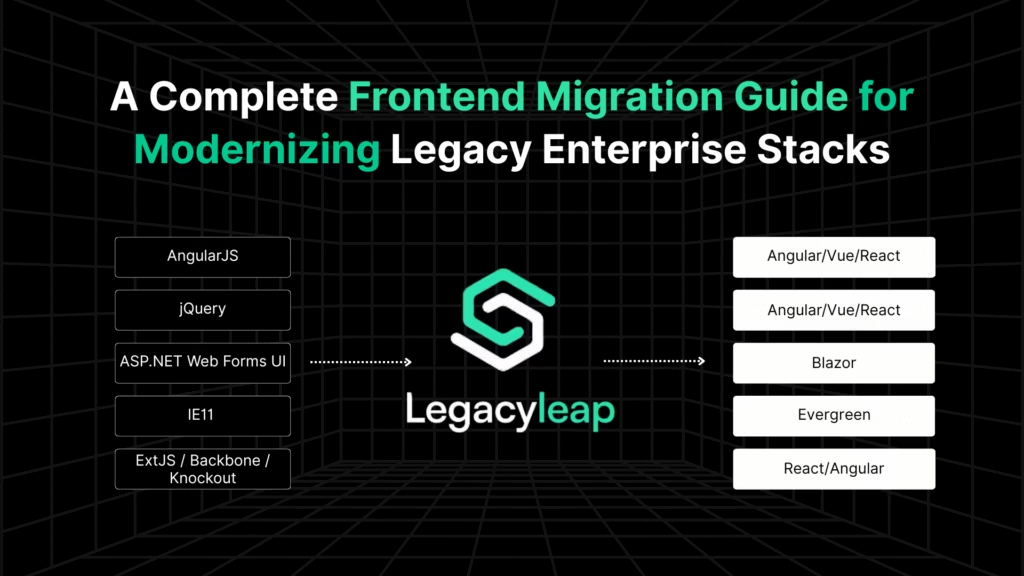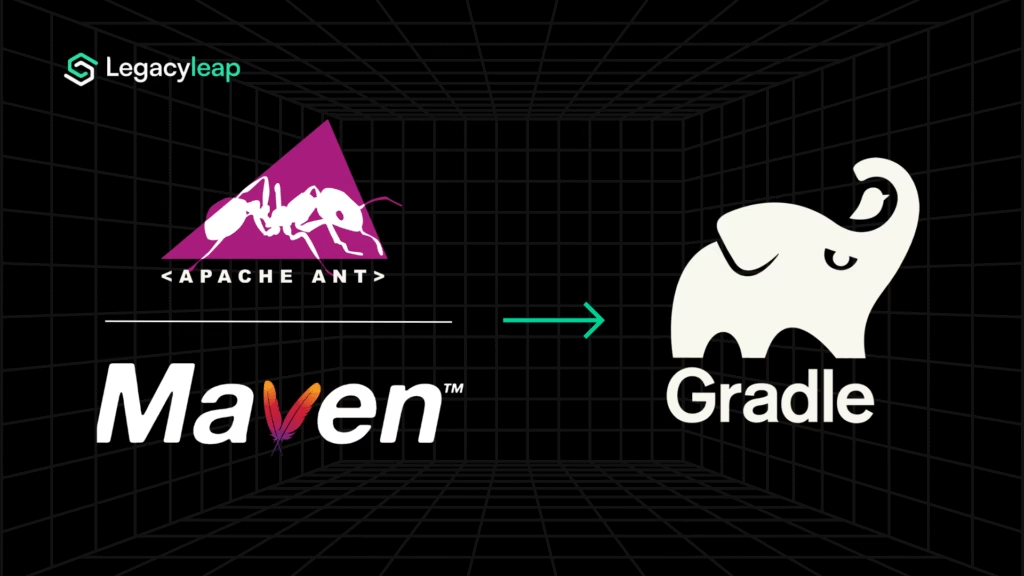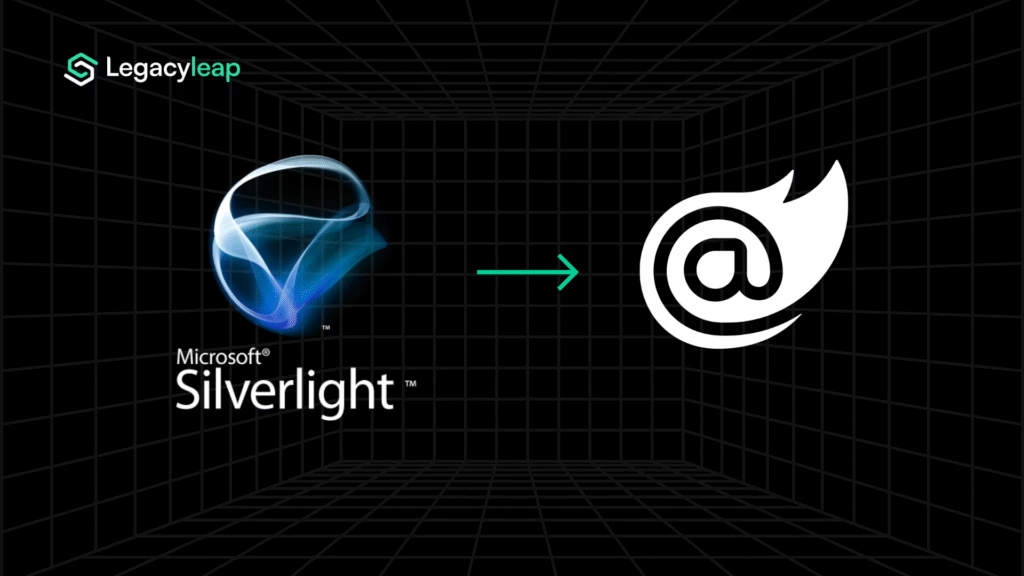Introduction: Why Enterprises Must Move Beyond WCF
Windows Communication Foundation (WCF) has reached a dead end. Microsoft never ported WCF server functionality to .NET Core or .NET 5+, and it will not be part of modern .NET. Today, WCF services remain tied to .NET Framework 4.8/4.8.1, maintained only for security fixes as part of the Windows OS lifecycle.
For enterprises in finance, healthcare, and government, this creates a growing compliance and security liability. Staying on WCF means staying locked to Windows-only hosting, with a shrinking developer talent pool and no path to modern cloud-native environments.
Microsoft’s guidance is clear: new services should be built on ASP.NET Core Web API (REST) or gRPC. CoreWCF can act as a temporary bridge, but it is not a long-term solution. The real question for enterprises isn’t if to migrate, but how to do it safely and predictably.
This blog focuses on that “how”: the benefits of moving to REST/gRPC, the migration blockers most teams encounter, and how Gen AI-driven modernization provides a verifiable path forward.
What REST and gRPC on ASP.NET Core Deliver
Migrating WCF services to REST or gRPC isn’t just about replacing SOAP. It unlocks performance, scalability, and governance improvements that WCF could never deliver:
| Capability | WCF (Legacy) | REST (ASP.NET Core) | gRPC (.NET 6/8) |
| Protocol | SOAP/XML over HTTP/1.1 | JSON over HTTP/1.1 | Protobuf over HTTP/2 |
| Hosting & OS | Windows-only on IIS | Cross-platform on Kestrel | Cross-platform on Kestrel |
| Performance | High overhead, XML serialization | Faster than WCF; JSON overhead for wide reach | 3–5x faster than WCF with binary Protobuf + async I/O |
| Cloud readiness | Limited scaling, tied to Windows Server | Container-ready, Linux-optimized | Container-ready, Linux-optimized |
| Observability | Config-heavy, fragmented tracing | ILogger, API Mgmt, OpenTelemetry support | Contract-first APIs, full OpenTelemetry tracing |
| Governance | Manual config; weak API versioning | Strong API versioning (/v1/, /v2/) | Strong versioning + contract enforcement |
Key benefits for enterprises:
- Performance uplift: REST and gRPC services consistently outperform WCF, with gRPC delivering the lowest latency and highest throughput.
- Cloud-native hosting: ASP.NET Core runs cross-platform and container-ready, enabling Kubernetes deployments on Linux (EKS, AKS, GKE).
- API governance: REST/gRPC enforces versioning and works seamlessly with gateways like Azure API Management and Apigee.
- Observability: OpenTelemetry and standardized logging provide end-to-end monitoring, ensuring SLA continuity post-migration.
For CIOs and CTOs, the payoff is clear: leaving WCF behind means not just compliance and talent availability, but also measurable gains in performance, scalability, and operational visibility.
Also read: A Complete .NET Migration Guide for Modernizing Legacy Microsoft Stacks.
WCF Migration Challenges Enterprises Face
The technical hurdles of WCF migration are well-documented, but what slows projects at scale are the systemic risks they create for enterprises:
- Feature parity gaps:
- Duplex callbacks, WS-Transactions, MSMQ, and Named Pipes have no direct equivalents in REST.
- Workarounds (SignalR/WebSockets, Service Bus, Kafka) require re-architecture and often introduce latency or new dependencies.
- Duplex callbacks, WS-Transactions, MSMQ, and Named Pipes have no direct equivalents in REST.
- Windows-only dependencies:
- Many WCF services embed libraries tied to Windows (System.Web, legacy NuGets).
- In large portfolios, dozens of these dependencies must be identified and replaced before migration can succeed.
- Many WCF services embed libraries tied to Windows (System.Web, legacy NuGets).
- Client compatibility:
- Enterprises often serve entire ecosystems of external SOAP clients.
- A cutover risks breaking those contracts, forcing phased approaches with CoreWCF bridges or façade adapters.
- Enterprises often serve entire ecosystems of external SOAP clients.
- State management shifts:
- WCF’s per-session/per-instance modes don’t translate to stateless REST.
- Teams must redesign services around distributed caches or shared state — and retrain clients to consume HTTP error codes instead of FaultExceptions.
- WCF’s per-session/per-instance modes don’t translate to stateless REST.
- Governance overhead:
- WCF relied on config-heavy tracing and weak versioning.
- Modern APIs demand version control, gateway-based rollouts, throttling, and full observability, all new disciplines that must be enforced from day one.
- WCF relied on config-heavy tracing and weak versioning.
For leaders, these challenges create budget overruns, delayed go-lives, and business continuity risks when client integrations fail.
Why Gen AI Changes The Playbook
Traditional tools like .NET Upgrade Assistant or AWS Porting Assistant handle project conversion and API checks. They do not solve the hard problems: functional parity, client coexistence, security model shifts, and validation.
A platformized Gen AI approach addresses these directly:
- Automated discovery of WCF-specific constructs:
- Agents scan contracts, bindings, behaviors, and inspectors.
- Produce an “incompatibility ledger” that highlights feature gaps (duplex, WS-Tx, MSMQ, pipes) often missed by upgrade tools.
- Agents scan contracts, bindings, behaviors, and inspectors.
- Config-to-code translation:
- Web.config bindings, throttling rules, and fault handling are mapped into ASP.NET Core middleware and policies.
- Draft controllers and minimal APIs are scaffolded with rationale, not just code stubs.
- Web.config bindings, throttling rules, and fault handling are mapped into ASP.NET Core middleware and policies.
- Security model migration:
- WS-Security/Kerberos is mapped to OAuth2, OIDC, or mTLS with generated blueprints.
- Outputs acceptance criteria and testable policies to prevent drift.
- WS-Security/Kerberos is mapped to OAuth2, OIDC, or mTLS with generated blueprints.
- Safe client coexistence:
- CoreWCF adapters and strangler-routing plans (via YARP or API Management) allow SOAP clients to continue working while REST/gRPC services roll out incrementally.
- CoreWCF adapters and strangler-routing plans (via YARP or API Management) allow SOAP clients to continue working while REST/gRPC services roll out incrementally.
- Parity-first validation:
- Golden requests are captured from WCF endpoints.
- Auto-generated regression suites compare legacy vs new service behavior and plug into CI/CD as go/no-go gates.
- Golden requests are captured from WCF endpoints.
The enterprise impact:
- Clearer risk visibility before migration begins.
- Functional certainty instead of guesswork at cutover.
- Faster, safer migrations that scale from pilot to portfolio with confidence.
This isn’t just “AI assistance.” It’s a new operating model for WCF modernization that reduces failure risk, compresses timelines, and validates outcomes at every step.
Traditional tools vs platformized Gen AI
| Capability | Upgrade Assistant / Porting Assistant | Platformized Gen AI (Legacyleap agents) |
| Discovery | Project conversion + API checks | Full contract/binding scan → incompatibility ledger |
| Config translation | Limited | Auto-maps web.config → ASP.NET Core middleware |
| Security mapping | Not addressed | WS-Security → OAuth2/OIDC/mTLS blueprints |
| Client coexistence | Manual | Auto-generated adapters + strangler routing plan |
| Parity validation | Not covered | Golden-path capture + CI-ready regression tests |
Why this matters
Enterprise migration is slowed by parity, security, and coexistence risks. A platformized Gen AI approach handles these directly, ensuring faster cutovers with proof of functional parity built in.
Also read: How Can Gen AI Drive Every Step of Your Modernization Journey?
Legacyleap In Action: Structured WCF Migration at Enterprise Scale
WCF migrations often stall because of three things: missing documentation, hidden dependencies, and fear of breaking downstream clients.
Legacyleap was built to solve those challenges with a platform designed for system-level comprehension and parity-first modernization.
How the platform addresses WCF migrations:
- System-wide dependency mapping: Contracts, bindings, behaviors, and inspectors are parsed into compiler-grade representations (ASTs + MLIR) and stored in graph databases. This produces a 100% coverage map of dependencies before a single refactor, removing blind spots that derail projects.
- Client continuity by design: The platform generates façade adapters and CoreWCF bridges where needed, coupled with YARP/API Management routing plans. This ensures SOAP clients continue working while REST or gRPC services are phased in.
- Security model translation: Legacy WS-Security or Kerberos implementations are automatically mapped to OAuth2, OIDC, or mTLS, with generated policy blueprints. This reduces compliance risk and accelerates security audits.
- Functional parity validation: Golden requests from legacy WCF endpoints are replayed against modernized APIs. Auto-generated regression tests are wired into CI/CD, delivering 100% functional parity guarantees before cutover.
- Enterprise-ready deployment artifacts: Dockerfiles, Helm charts, and Terraform scripts are generated as part of the process, enabling containerized deployments to Linux/Kubernetes without manual overhead.
Also read: Why Legacyleap Is Your AI Companion Platform for Enterprise-Scale Modernization.
What this means for decision-makers:
- Predictable scope and feasibility insights upfront with no hidden surprises mid-project.
- Migration timelines compressed from 6–12 months to 2–4 months.
- Lower TCO from Linux-based hosting and Kubernetes scaling.
- Measurable assurance: full dependency coverage, functional parity before rollout, and zero external API calls for compliance.
Instead of risky, one-off projects, enterprises gain a repeatable framework to move entire portfolios of WCF services with speed and certainty.
Conclusion: A Safer, Faster Path Beyond WCF
WCF has reached the end of the road. Server-side services are locked to .NET Framework, dependent on Windows lifecycles, and increasingly difficult to support with modern teams. For enterprises still running business-critical services on WCF, the question is no longer if to migrate, but how to do it without risk.
REST and gRPC on ASP.NET Core deliver the path forward: higher performance, cross-platform deployment, and modern governance. The challenge lies in execution – feature parity, client compatibility, and security shifts can turn migrations into multi-year risks.
Legacyleap changes that equation. By combining system-wide code comprehension, adapter scaffolding, security mapping, and parity-first validation, the platform enables enterprises to modernize WCF workloads faster, safer, and with verifiable outcomes.
The most practical starting point is a scoped pilot. In just two weeks, Legacyleap can inventory WCF dependencies, generate a migration plan with risk mapping, and deliver a regression harness to prove parity. From there, the modernization roadmap becomes clear and executable.
Start with a $0 Assessment to get a dependency inventory, risk scan, and migration feasibility report for your WCF workloads, at no cost and with no risk.
WCF migration is unavoidable, but with the right platform, it doesn’t have to be risky.
FAQs
WCF is no longer supported in .NET Core, leaving services tied to Windows-only hosting and SOAP contracts. This creates security, compliance, and scalability risks.
REST and gRPC are Microsoft’s recommended successors. They are secure, cloud-ready, and designed for long-term support and high-performance workloads.
Legacyleap Gen AI maps WCF SOAP contracts to REST or gRPC endpoints, auto-generates regression tests, and validates functional parity with compiler checks.
We support phased coexistence using CoreWCF adapters or API gateways, allowing SOAP clients to continue working while modern services are phased in.
Every endpoint is validated with regression tests and audit-ready logs, ensuring modernized services meet enterprise compliance requirements.


